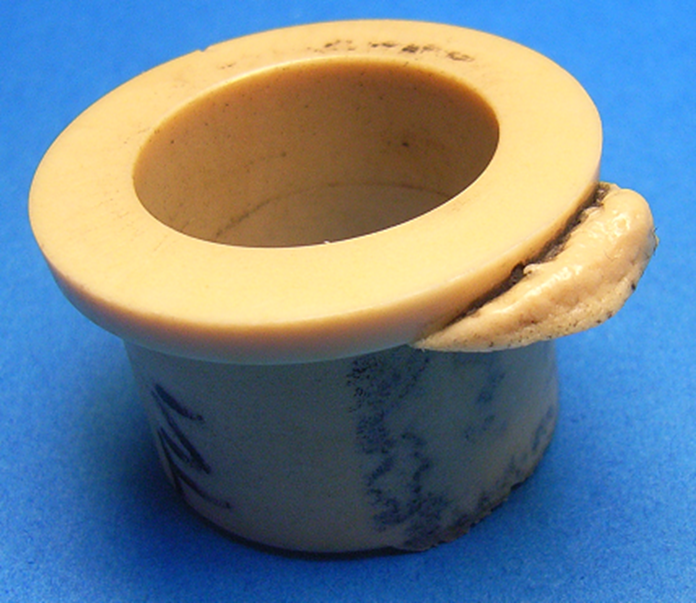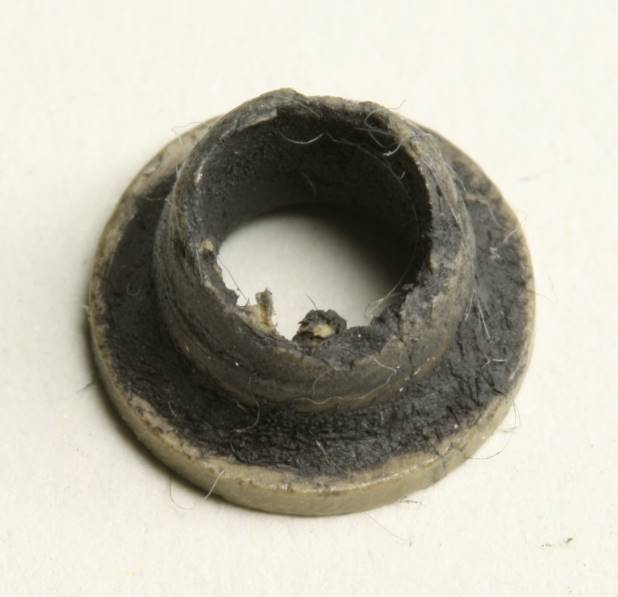Damage patterns of plain bearings – Part 2: Plain bearings melted
Lars Butenschön | 1. February 2023
Damage to plastic plain bearings is often the result of improper assembly, incorrect structural design or incorrect material selection. On the one hand, the nature and mode of operation of the plastic plain bearings place some demands on the dimensioning, design and assembly of the bearing point. On the other hand, compared to metallic bearings, a more flexible design of the component geometry and a “more creative” or potentially riskier design is possible.
The various damages to plastic plain bearings can generally be easily distinguished from one another. As a result of the appearance of the damage, e. g., deformation or cracks, its cause can be inferred. In this blog post we will give you an excerpt of an insight into damage patterns characterised by deformation. Other cases of damage and their causes and solution methods can be found in the white paper “Typical damage patterns – How to avoid premature failure of plastic bushings” linked below.
Detect melted or fused plain bearings
The deformation of plain bearings caused by melting are relatively easy to detect.Melts have irregular and misshapen accumulations of material that can spread out in interstices. If the temperature in the plain bearing exceeds the melting point of the plastic used, the material loses its mechanical stability and melts.

If the operating temperature exceeds only the permanently permissible temperature resistance, but not the melting point, melting does not occur, but here too, the mechanical strength can suffer to such an extent that deformations occur. In this case, however, the pattern of the deformations is again similar to the deformation caused by overload.

Another temperature-related damage pattern, which does not necessarily also show melting, is the consequences of a loss of press fit. At high temperatures, the mechanical tension in the bushings can be reduced to such an extent that the press fit and thus the hold in the housing is lost. The resulting damage is often similar to large overload, as displaced bushings are usually destroyed.
This is how the problem can be solved
First and foremost, the temperature generated in the bearing point and the temperature resistance of the bearings should be tested. The pv value of the bearing point should also be determined. This is the product of load (in MPa) and speed (in m/s) and represents the heat generated in the bearing. This pv value should be lower than the max. permissible pv value or the heat dissipation of the bearing
In addition to the deformation, there are of course other types of damage that can be observed in practice. In our white paper “Typical damage patterns – How to avoid premature failures of plastic bushings” you will find more useful information on this.


